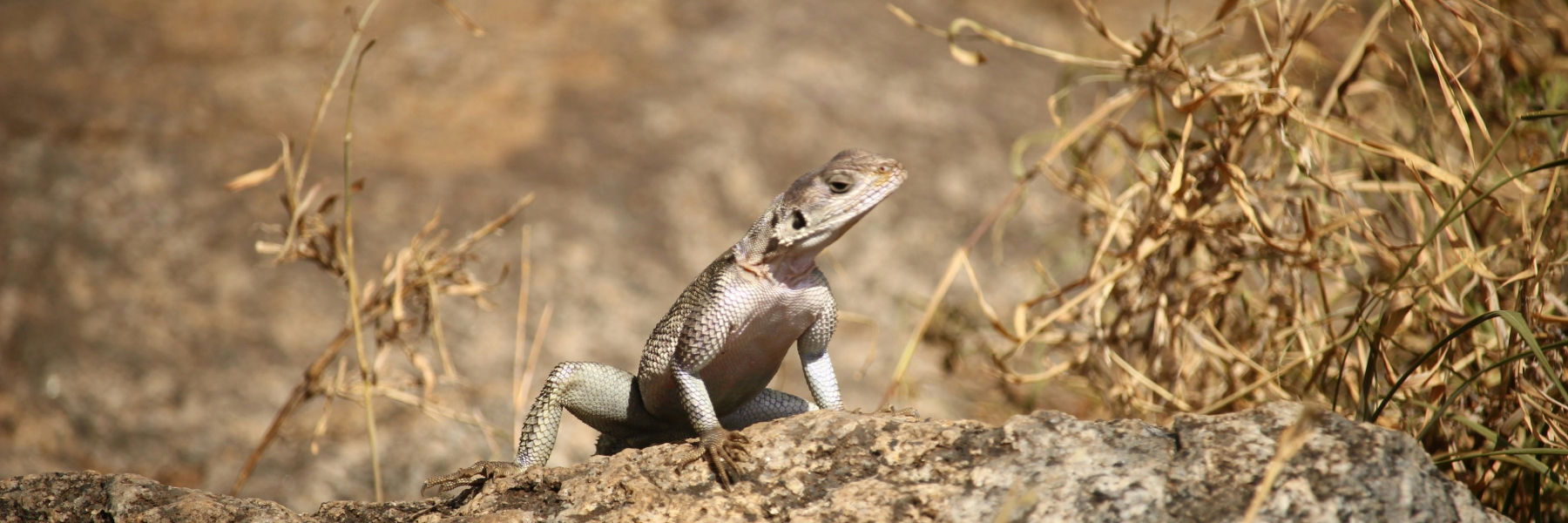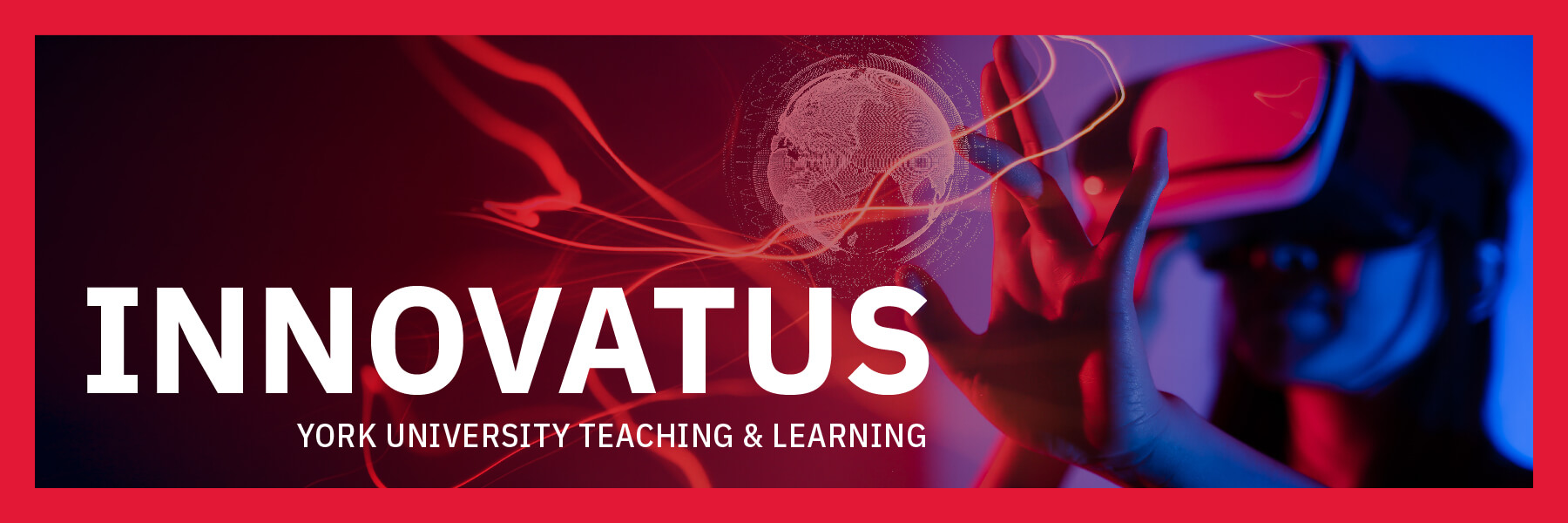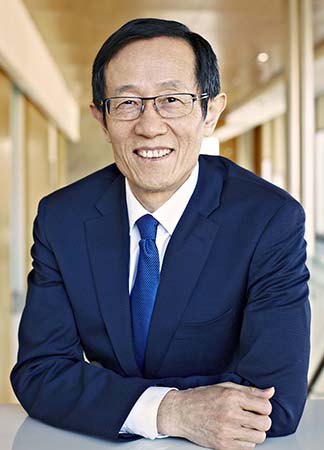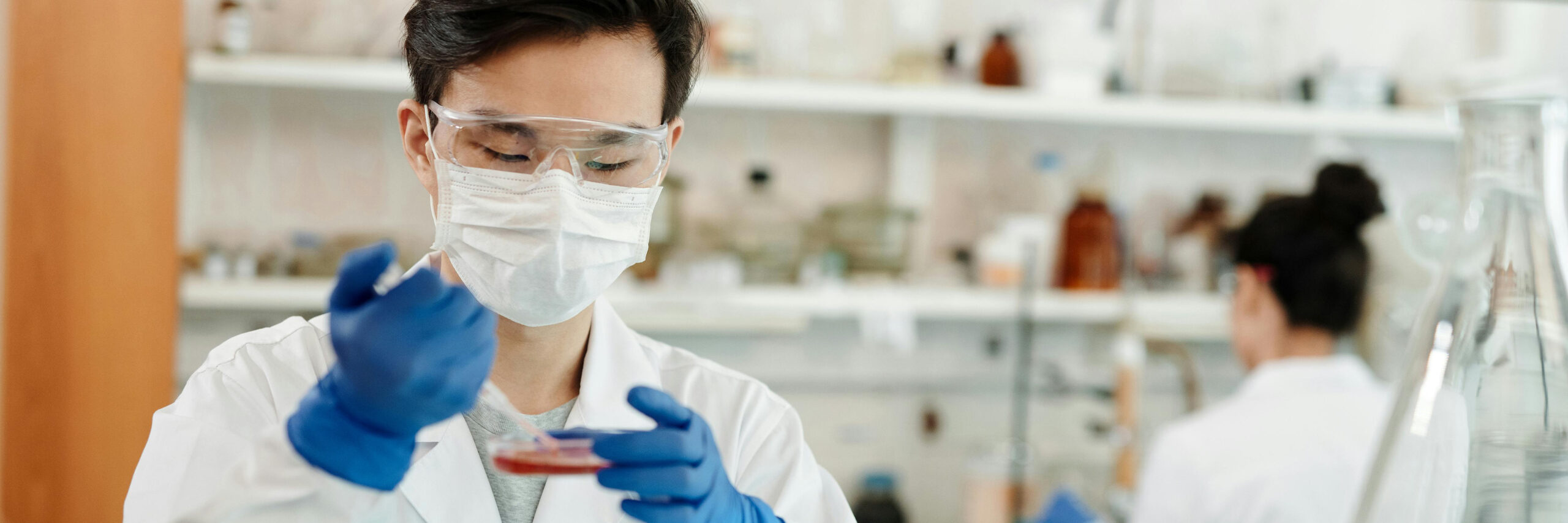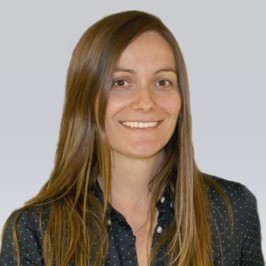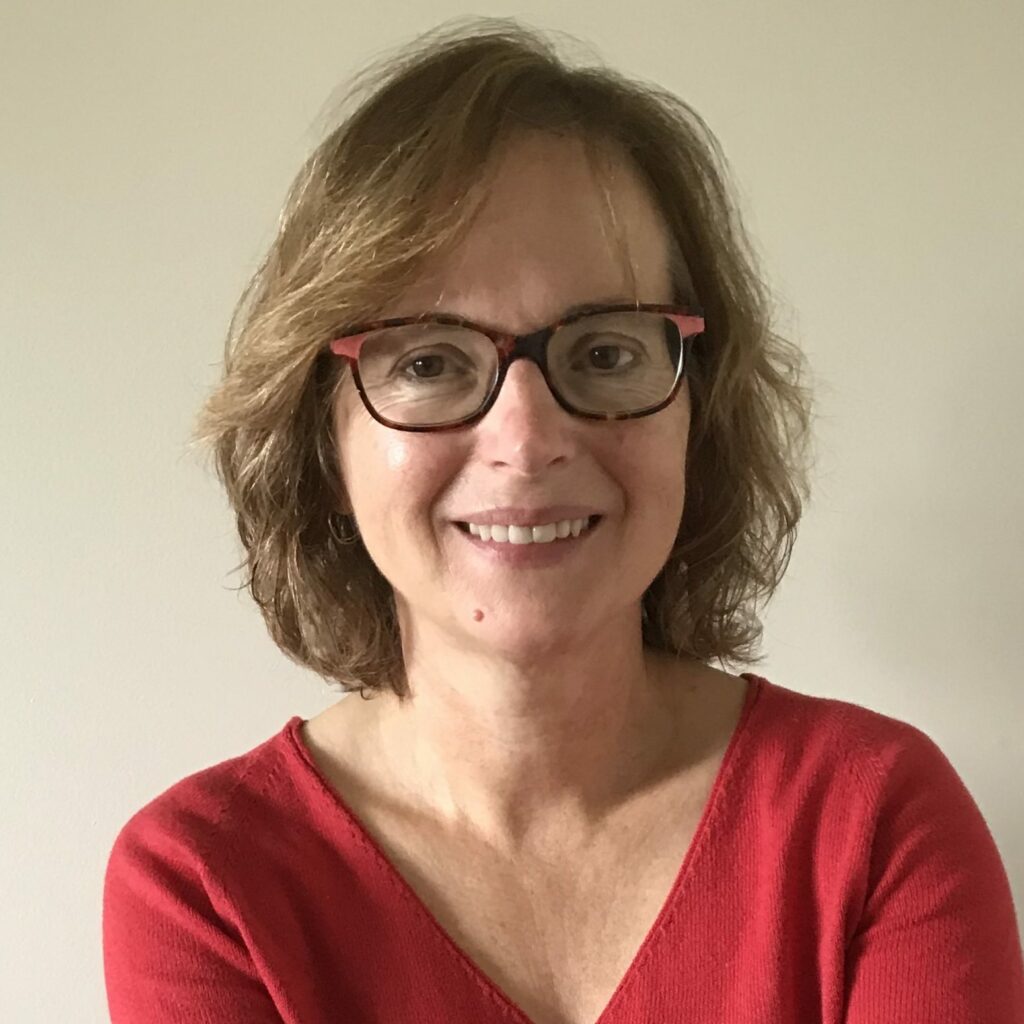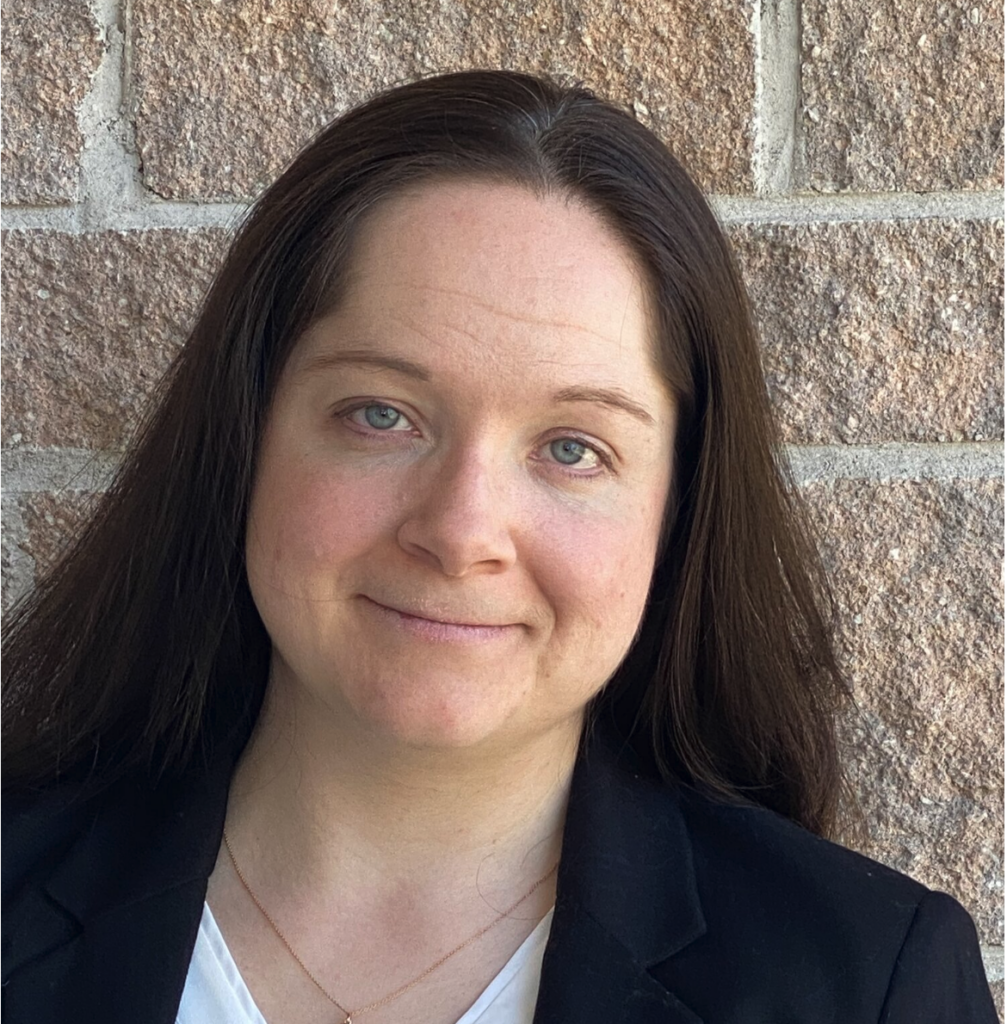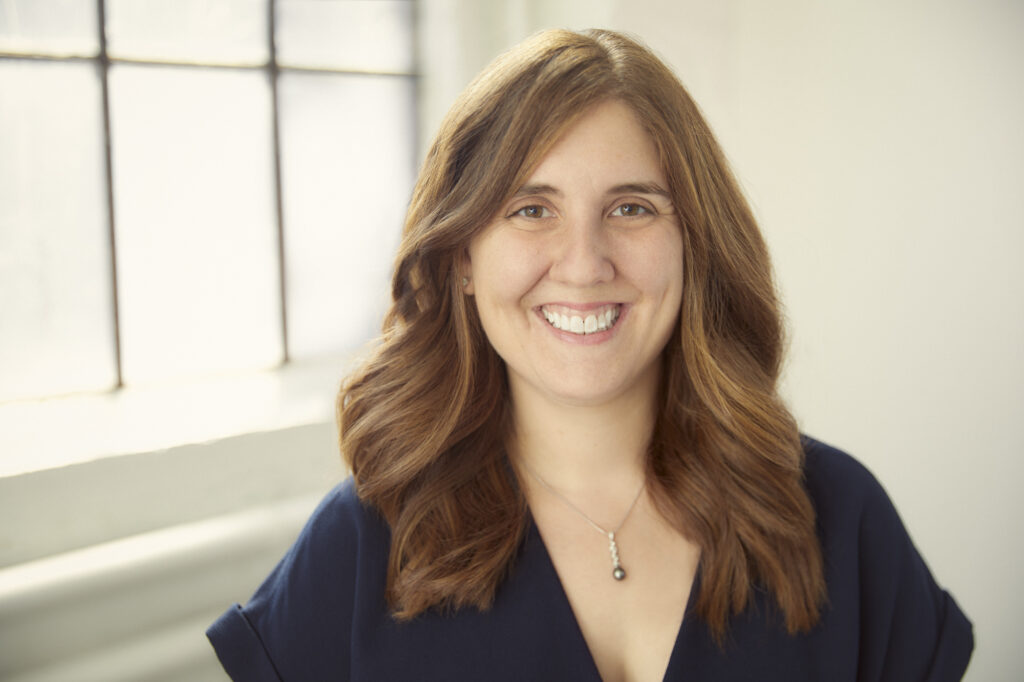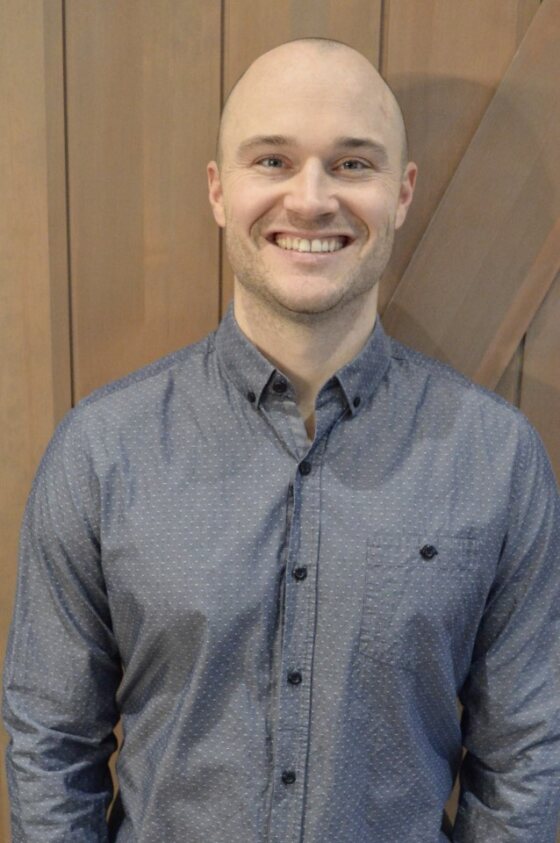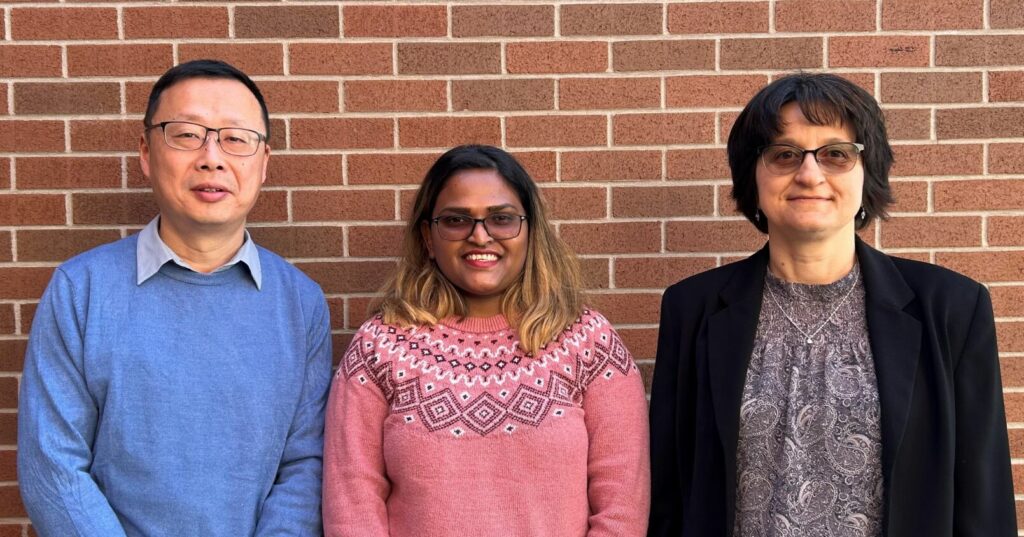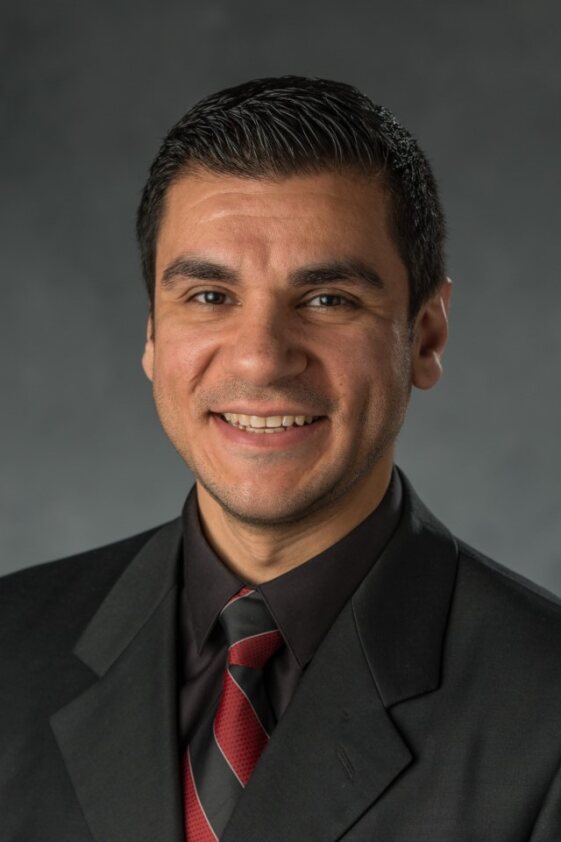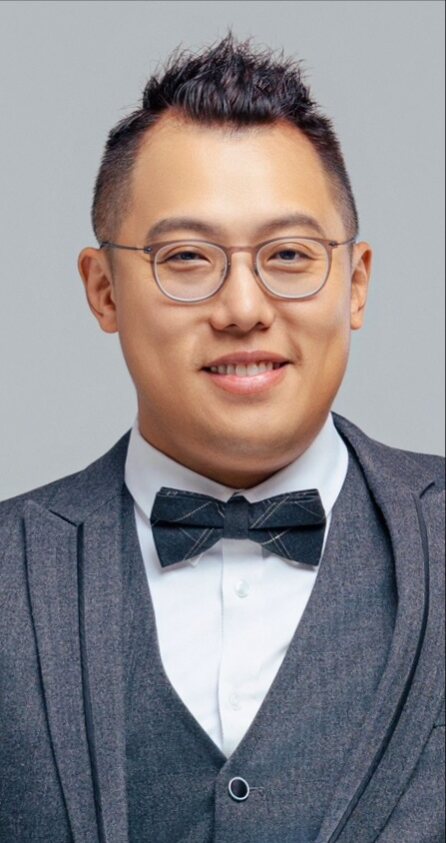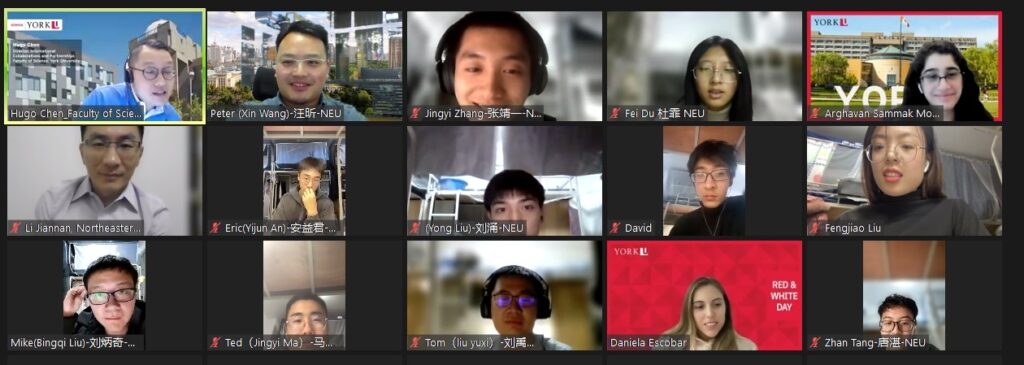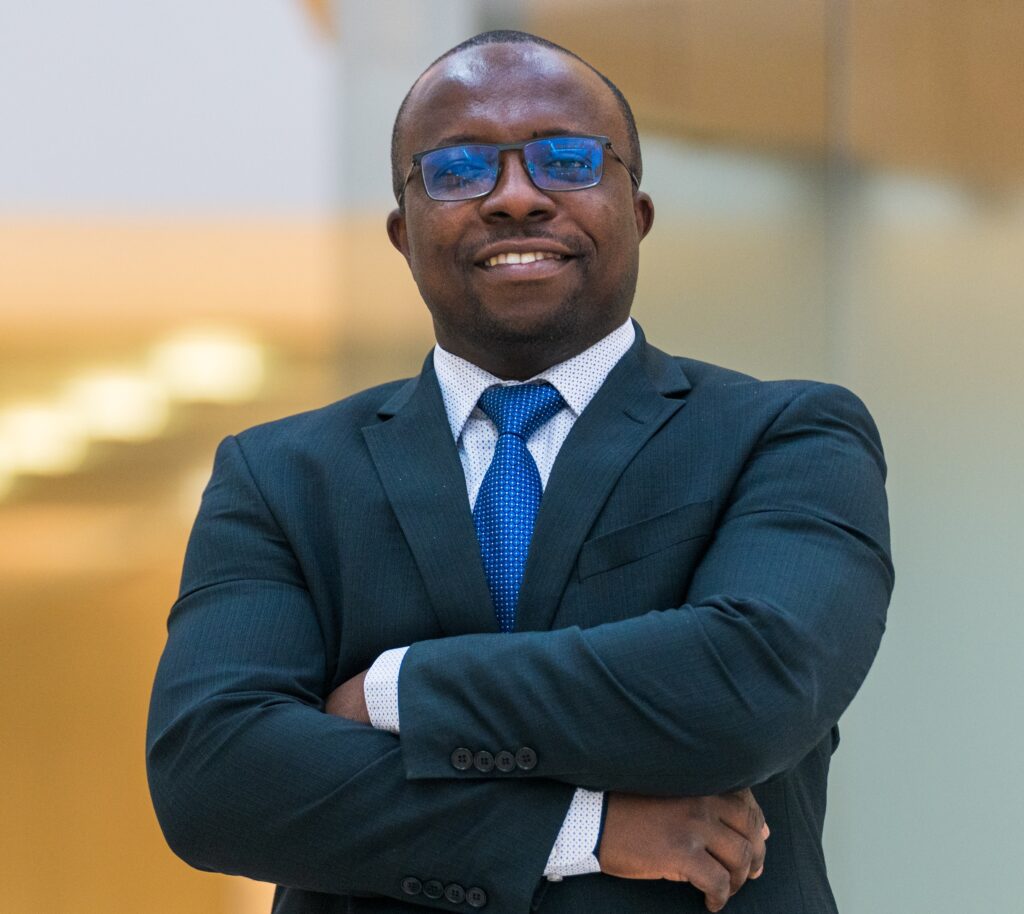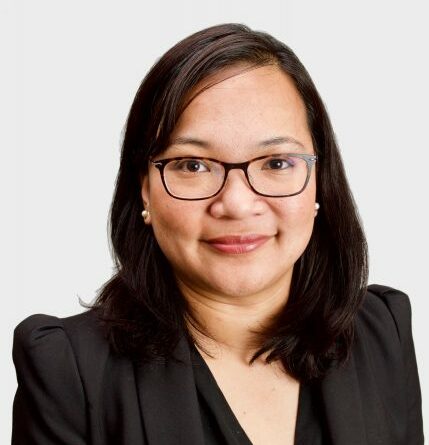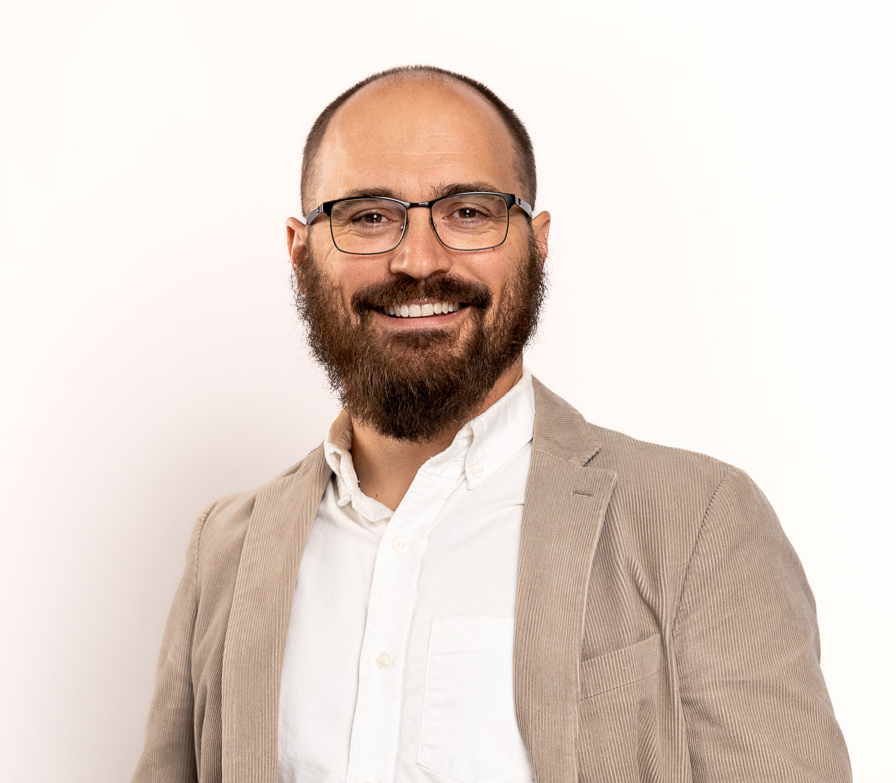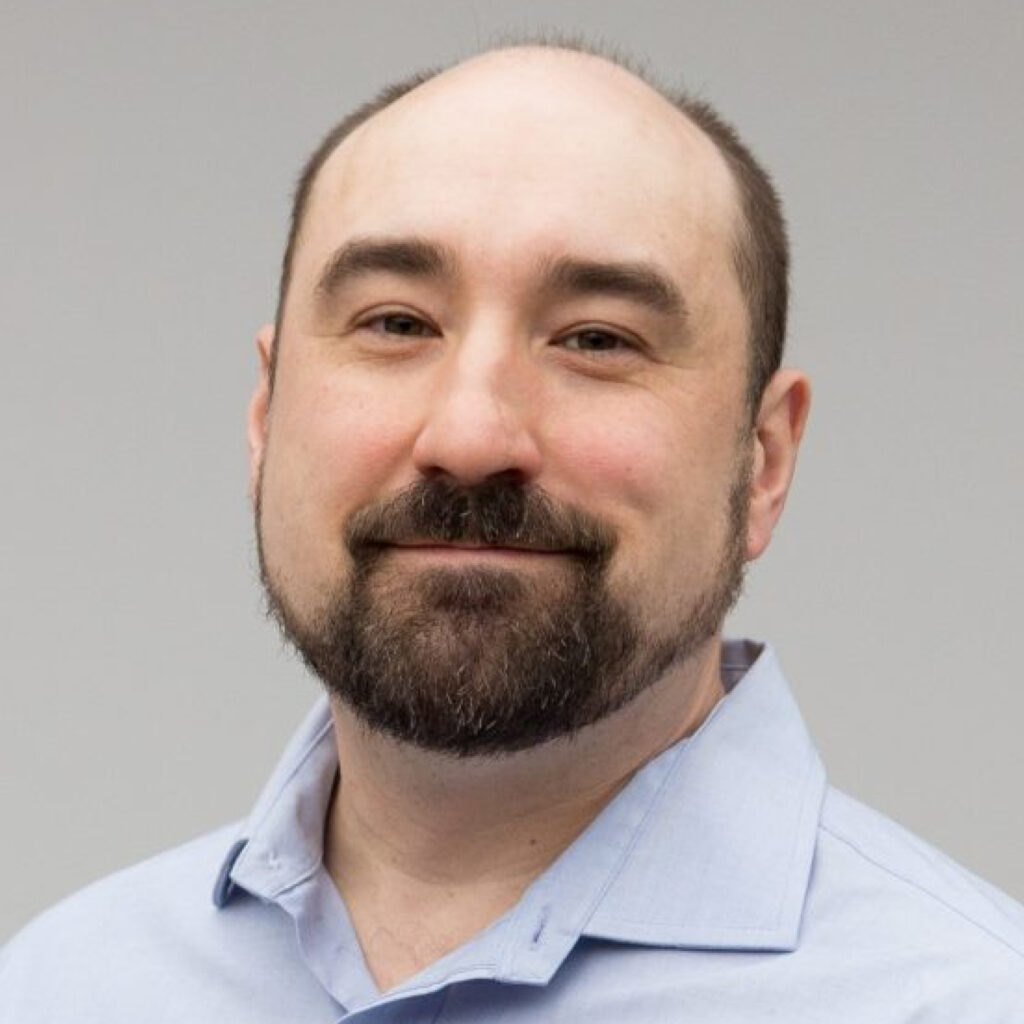Looking directly at the sun is never safe, says Elaina Hyde, an assistant professor in York University’s Faculty of Science and director of York’s Allan I. Carswell Observatory. But that is especially true during a solar eclipse, like the one expected in Canada, the U.S. and Mexico on April 8.
A total solar eclipse is a rare celestial event that occurs as the moon aligns perfectly between Earth and the sun, completely blocking the sun’s face and casting its shadow onto Earth, resulting in brief moments of temporary darkness. In Ontario, the eclipse’s path of totality – the locations where the moon’s shadow covers the sun in its entirety – includes Niagara Falls, Hamilton and St. Catharines.
Although Toronto will only experience a partial eclipse, with the moon covering 99.6 per cent of the sun, the sun’s brightness will still be strong enough to cause eye damage – and potential blindness – to anyone who looks directly at it. This can occur even if direct exposure only lasts a few seconds.
“People, especially young children, may be tempted to look up during the eclipse, but it’s not safe to do so without proper protection,” says Hyde. “Sunglasses are definitely not protective and shouldn’t be used when viewing the eclipse, but there are safe ways to do it.”
Those safe ways of viewing the eclipse – either total or partial – include using solar viewing glasses that have been certified by the International Organization for Standardization (labelled ISO 12312-2 certified), a pinhole camera (a type of projector), or solar filters specifically designed to be used with telescopes or binoculars. For more safety tips, see the Observatory’s Eclipse Safety flyer.
In the days leading up to the big event, York’s Observatory will be hosting a pre-eclipse solar viewing on the first clear day between April 2 and 6. Join York astronomers as they take solar-appropriate telescopes outside to view the sun, demonstrate pinhole cameras and pass out free solar viewing glasses. Experts will answer frequently-asked questions about the eclipse and discuss how to enjoy the partial eclipse from Toronto. Good solar views require clear weather, which makes this event especially challenging to plan. Those interested in participating should check the Observatory’s Solar Eclipse 2024 web page daily at 10 a.m. between April 2 and 6 to find out if the event is on or off that day. For more information about the event, and to register for free tickets and daily updates, visit the York University Events Calendar listing.
On April 8, eclipse timing will vary depending on location. At York University, the partial eclipse will begin at 2:04 p.m. and end at 4:31 p.m., reaching its maximum expression at 3:19 p.m., which will be the best time to view it. Wherever you are during those times, Hyde stresses the importance that you do not – under any circumstances – look directly at the sun without the proper eye protection listed above.
Since York’s campuses are not located on the path of totality, the University won’t be hosting any public viewing events that day; however, York staff, faculty and students at the Keele Campus are invited to safely observe the partial eclipse atop the Arboretum Lane Parking Garage, near the Allan I. Carswell Observatory atrium.
Solar viewing glasses will be available, while supplies last, at multiple distribution sites on campus – during the First Clear Day pre-eclipse event, in the Department of Physics & Astronomy office on the first floor of the Petrie Science & Engineering Building; and on April 8, at the observing station on the fifth floor of the Arboretum Lane Parking Garage and at a smaller viewing area near York University Station in Harry W. Arthurs Common.
To learn more about the upcoming solar eclipse, visit the Allan I. Carswell Observatory’s Solar Eclipse 2024 web page for more information and resources, including blog updates from professors Robin Metcalfe and Bruce Waters, sharing their solar eclipse experiences.



